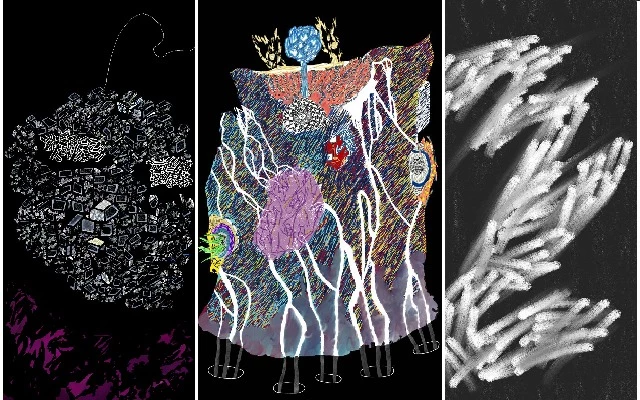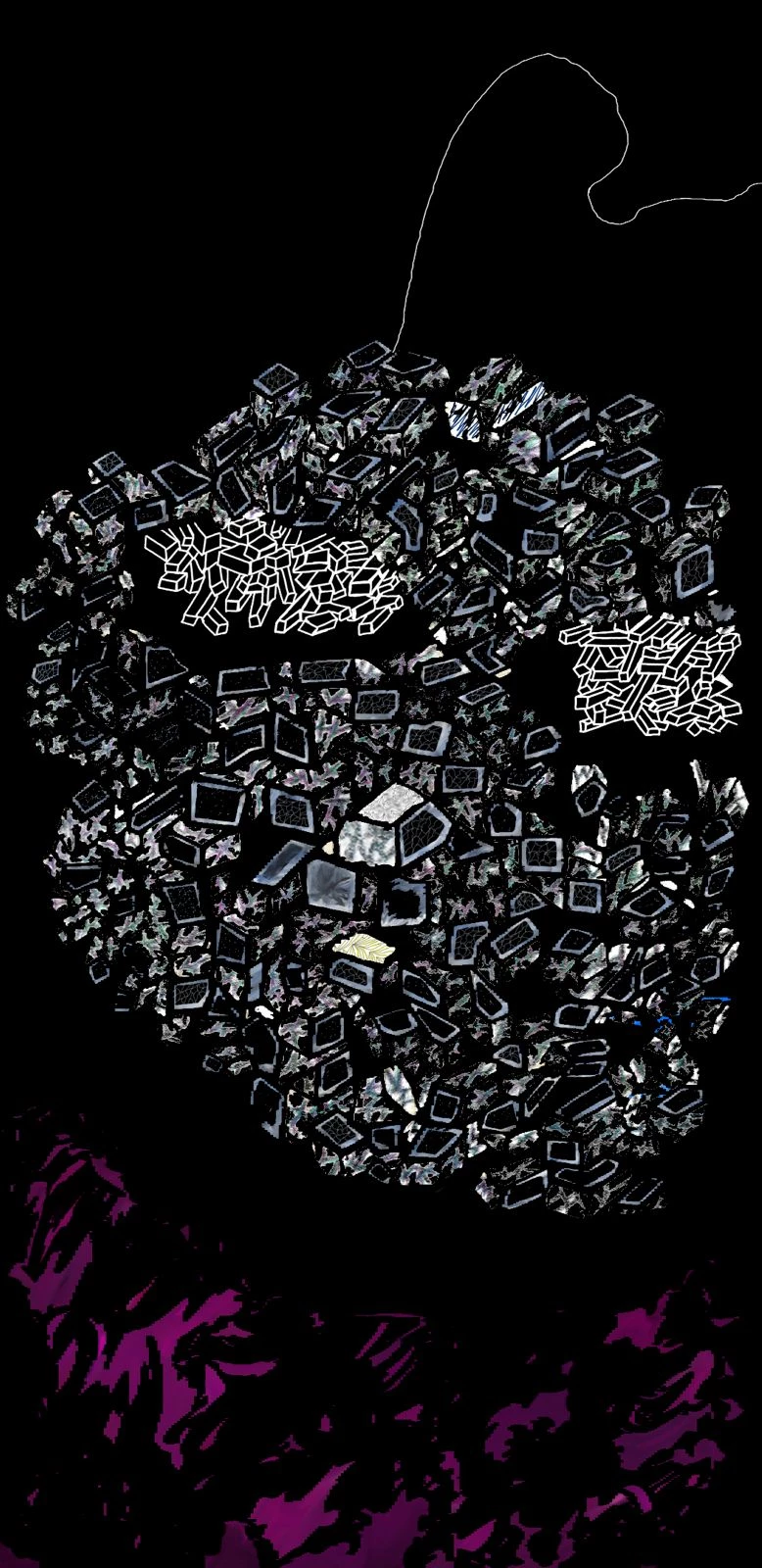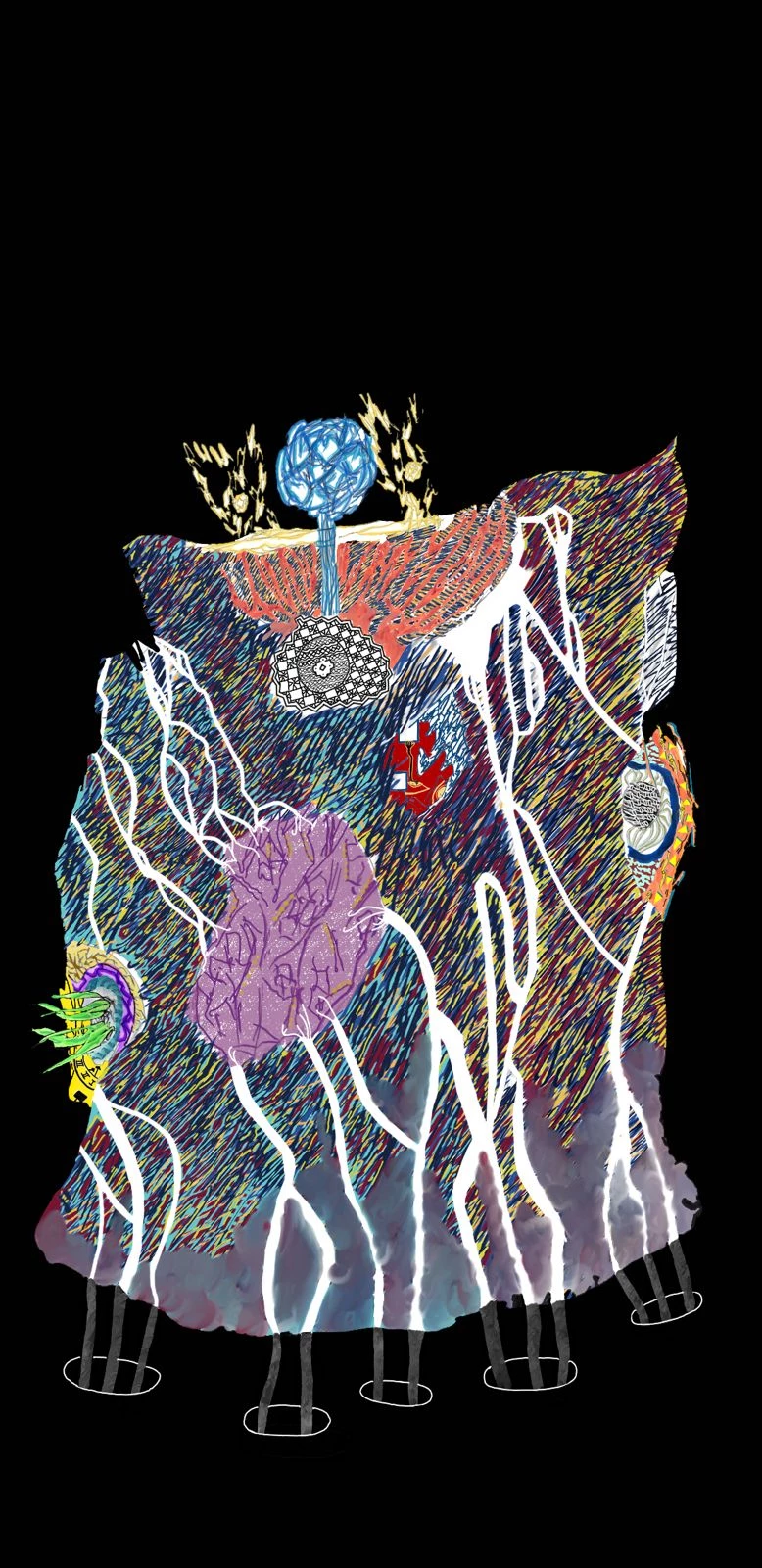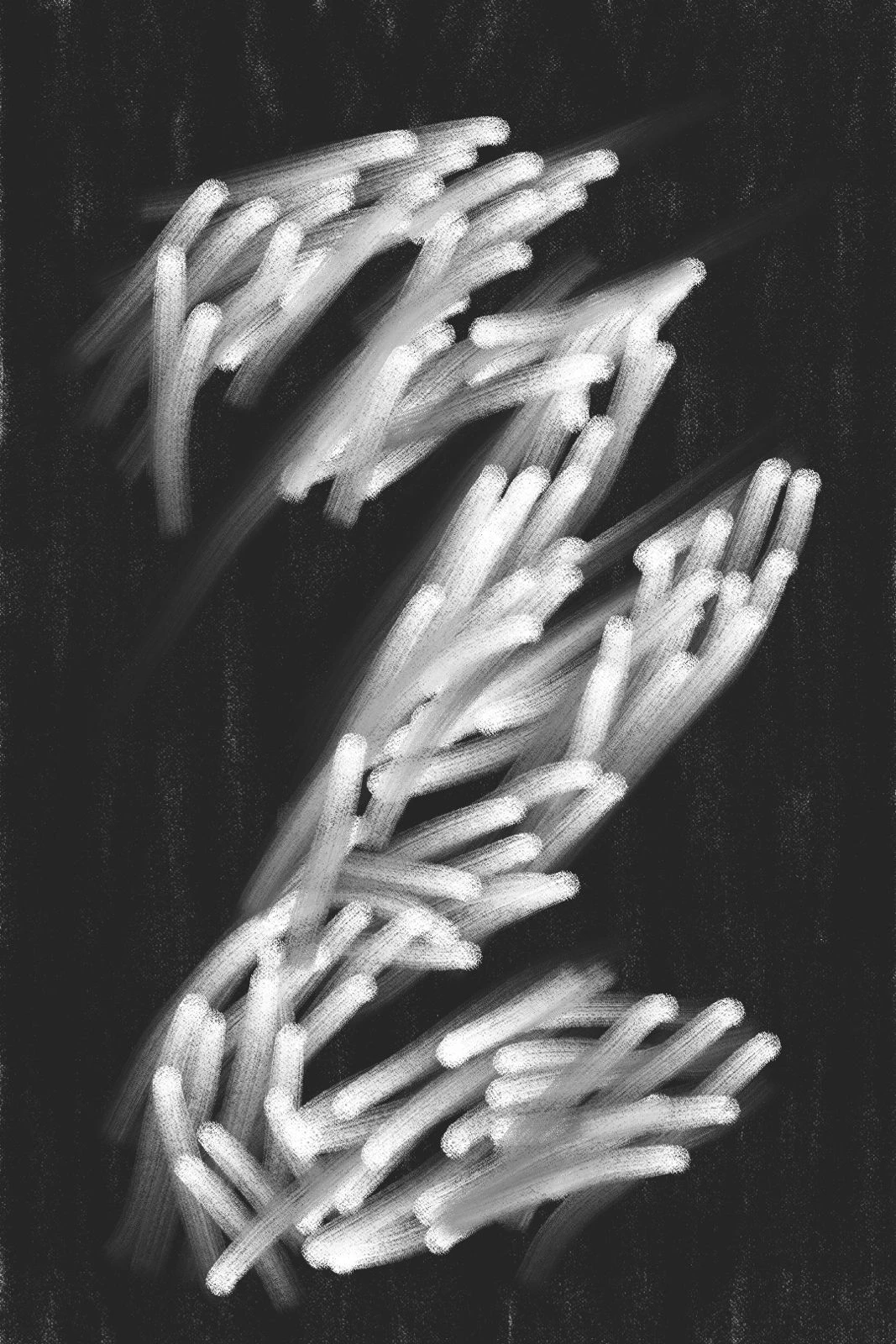To Know and Not to Know

Stay tuned with 24 News HD Android App

Growing up we’ve all, at some point, heard about the idea of the ‘complexity’ of the human mind; the notion that our brains are such intricate organs, to the extent that psychologists and related specialists have broken it down to only a minute fraction of its potential, even in the modern age.
I feel like the best way to delve into the bounds of human thinking and evaluate cognitive potential is to look at how people see the world. In their own eyes; in their own vibrance of emotions; in capturing the essence of the way that neurons fire in their peripheral nerves differently to the person sitting next to them as they both watch a romance film on the television. And what better way of seeing life than art itself?
David Lynch’s style of portraying art has always intrigued me to unlock newer artistic perspectives with every view of his works. The Lynchian theory stands indifferent to the idea of making sense. Limiting the mind isn’t something that does justice to the spirit of art. Trying to put a stamp of ‘sense’ onto art makes art distasteful. It undermines us from unknowingly venturing into mental spaces deep within, which possess the potential to paint a raw and uncoerced artistic expression.

I see nonsensical art very much from the perspective of having an inherent nature and capacity of constructing psychological hypotheses. Studies of psychology and related academia have spent a large course in order to establish boundaries describing normalcy. The need for doing so does stand justified, on the level of drawing a map of preserving the health of the human cognitive state. Even so, I find a rebellion stands justified in one plane. That plane being of art again.

Ascribing standards of rationality on the basis of the ease of comprehension by its audience at a gallery, an exhibition mandatorily demanding an art description from the creator, or a socially-induced mental construct of expecting a presumed ‘set meaning’ being the ultimate influence behind the first question prompted within a layman’s brain glancing at the art, is a proof of the standards of normalcy subjected to art.

Its unfaithful. Its static
Sure, it’s a way. It's one way. But it fails to convey levels of conscience which cannot be put into conception with the extent of consciousness currently at our disposal. To put it into perspective, taking the leap of distancing one from the expectation of necessary comprehension or understanding of what we create, is the closest we can get to stepping into planes we cannot put into comprehension by conscious will; to construct a physical manifestation of the unknown.
To know and not to know.
Writer/Artist: Abdullah bin Tahir
